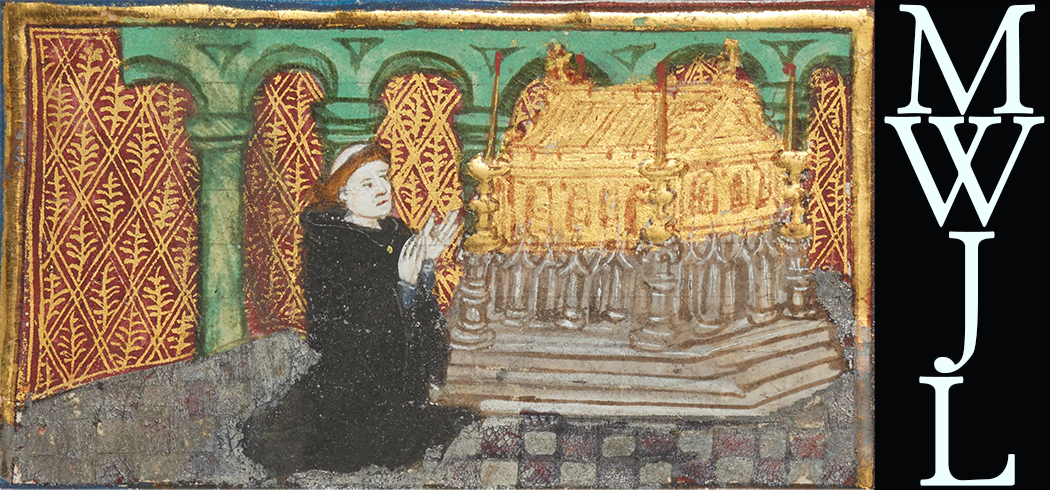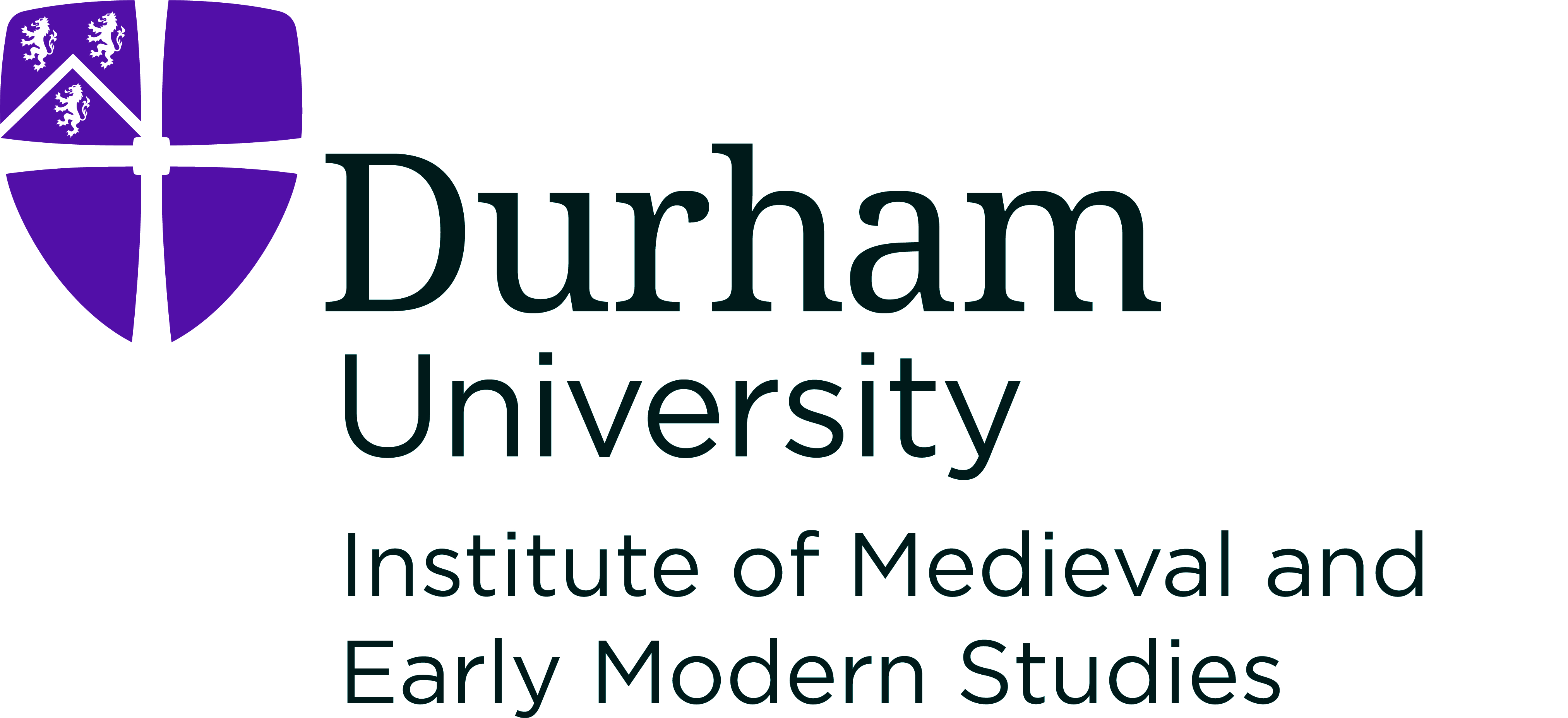 A Mumming at Eltham:
British Library Additional 29729 Verses
A Mumming at Eltham:
British Library Additional 29729 Verses
HomeAbout the ArchiveAbout John LydgateWorksManuscriptsAbout this ManuscriptEditorial ApparatusContactVisualization

Folio 136 Recto
Compare Witnesses: •
ffor marce that is most furyous and wood •
causer of stryffe and dissobesaunce •
shall cesse his / malyse and god that ys so good •
of vnytie shall send all soufysaunce •
he Ioyne þe hartes of engelond and of
fraunce •
bassent of beothe / sent to your hye
noblenes •
pees
witħ
your leges plente with gladnesse •
Notes
-
The EETS edition has "and" here, which is taken from Trinity R.3.20 or their possible shared exemplar. ↩
-
Trinity R.3.20 has "mescreauntes." the "sc" ligature here resembles strongly the "ft" in "gyftes" in line two as well as the "st" in "sterne" in line two of verse four. When compared with the "st" ligature in the second full stanza on the previous page it seems clear that "sc" and "st" must be determined from context rather than through orthographic features. ↩
-
The scribe seems to have had some difficulty with this verse and has resorted to lettering each of the lines to indicate a reading order. In this case, the letter "a" is to the left of "And" in this line. ↩
-
A "b" is to the left of "shall" here. ↩
-
A "c" is to the left of "prouydence" here. ↩
-
Here the scribe has written what is line six in the EETS edition, with an additional mistake in writing "all" for "and" and correcting it. I believe this error and the necessity of correcting it in the right-hand margin after the verse was completed is the event that necessitated the lettering scheme to the left of the lines in this verse, but interestingly there is a second attempt at a series of corrective notes, struck through, to the left of the originals. These consist of a "b" to the left of this line and an "a or "c" in the two below. ↩
-
A "d" is to the left of "and" here. To the left of that "d" is an "a," struck through with a line continuing from above. ↩
-
An "e" is to the left of "Bacus" here. To the left of that "e" is an "a," struck through with a line continuing from above. ↩
-
The scribe has inserted the line struck through above in the margin to the right of the final verse, then drawn a line to an "f" to the left of the verses to indicate it should be considered as such ↩
-
A "g" is to the left of "pees" here. ↩
-
Here the scribe has corrected an error where the beginning of the second line of the verse was included as the end of the first line. There is a similar error in Trinity R.3.20, suggesting either that this source is taken from R.3.20 (where the error is corrected by means of letter notes above the line and so might be missed in copying) or that both manuscripts are taken from the same exemplar. ↩
-
Here the scribe has corrected an error where the second half of the line has been rendered as the first, with the second portion of the first line rendered as the ending. As stated in the note above this is similar to an error in Trinity R.3.20, but here the scribe has inserted the correction to the left of the line. This correction suggests that the two manuscripts are taken from a shared exemplar as unthinking copying of either would not result in the error seen in the other manuscript, yet the same error at the same two lines appears in both. ↩
-
The scribe wrote "in goodly wi" here, then struck it through and wrote it again above to better indicate which line it was to be considered the beginning of. ↩
-
While the 'u' glyph looks to modern eyes much like a 'w', the addition of a curved line from the bottom of the rightmost piece of the glyph here is not seen there. Similarly, the final glyph is markedly different from 'you' in the line above and in line six below. All of this indicates that this is 'yow.' ↩
-
The two "s"'s at the end of "gladness" here are struck through, making them appear as a double "f" in what is likely a scribal error. Elsewhere, such as in 'nobellness' in line six of verse six above, there is no crossbar so I have rendered it as 'gladneff.' ↩
-
The suspension mark is particularly long here, moving from the completion of the bow of the "a" and serving as a tittle over the i as well ↩
-
The note is cut off here. ↩




